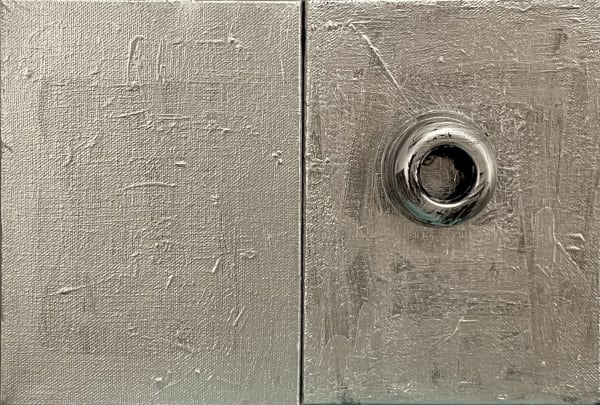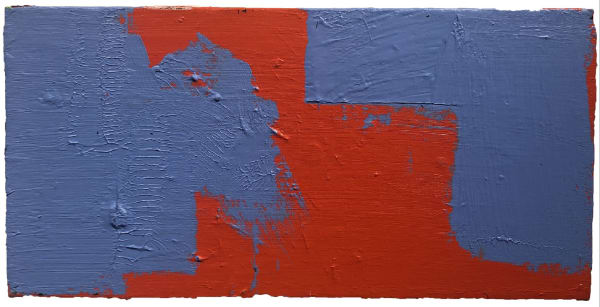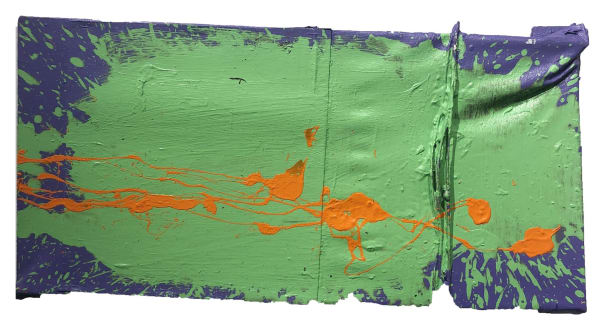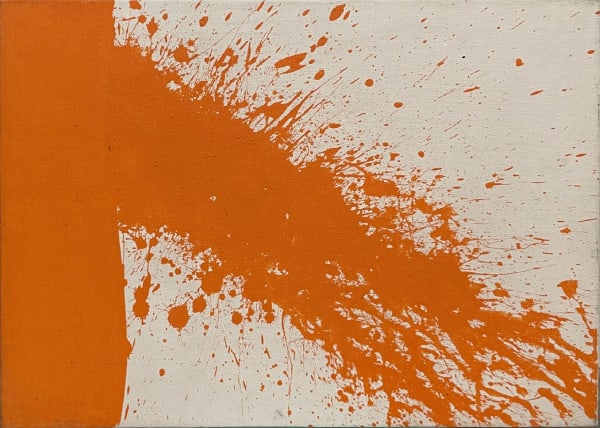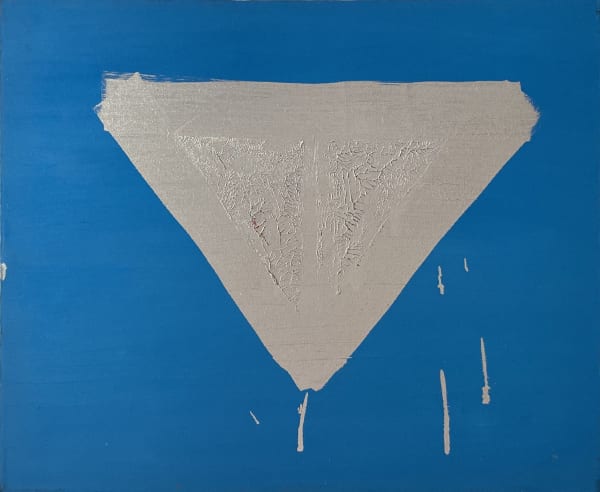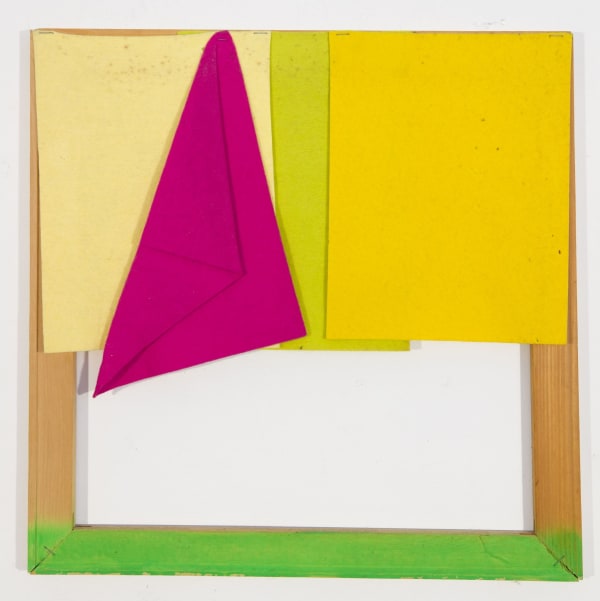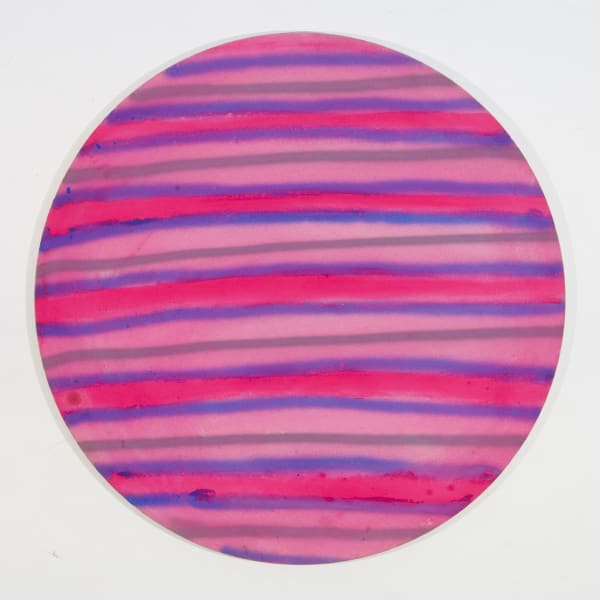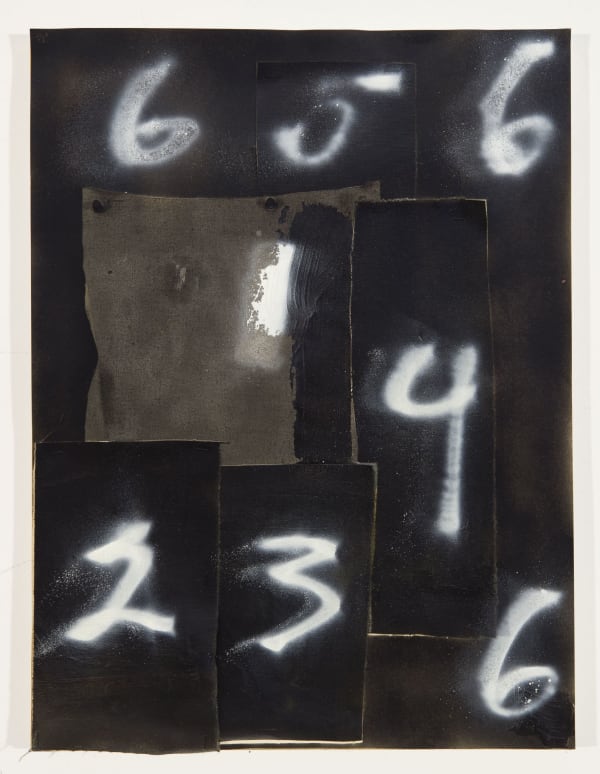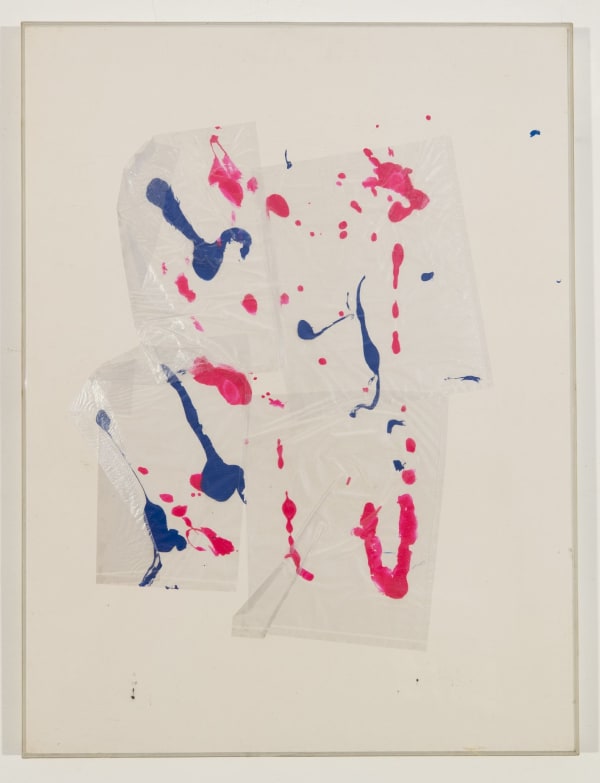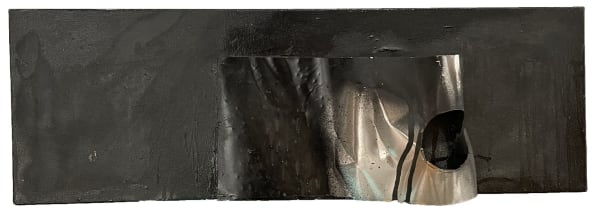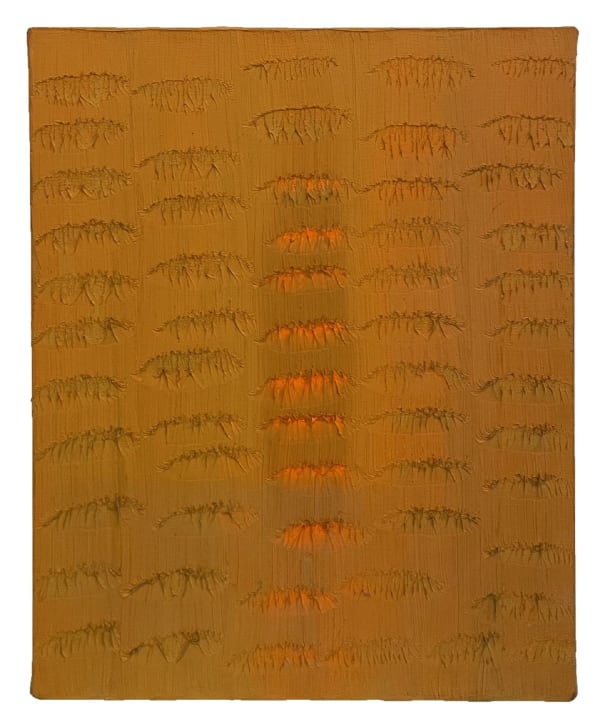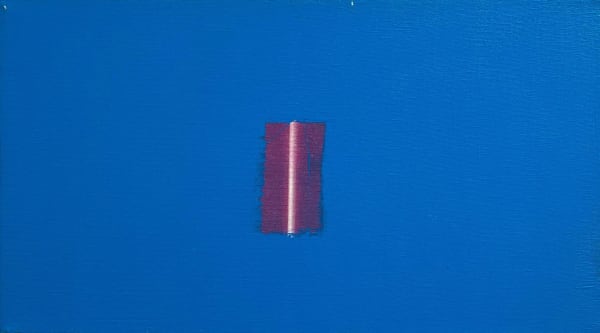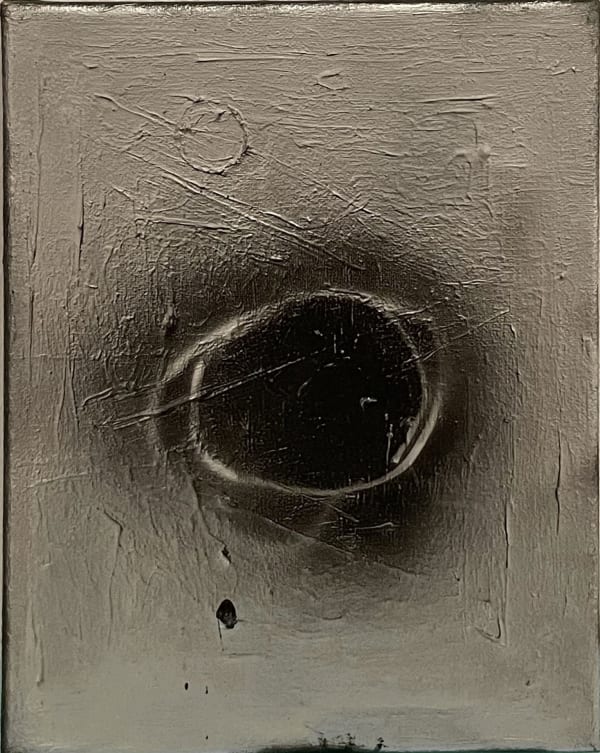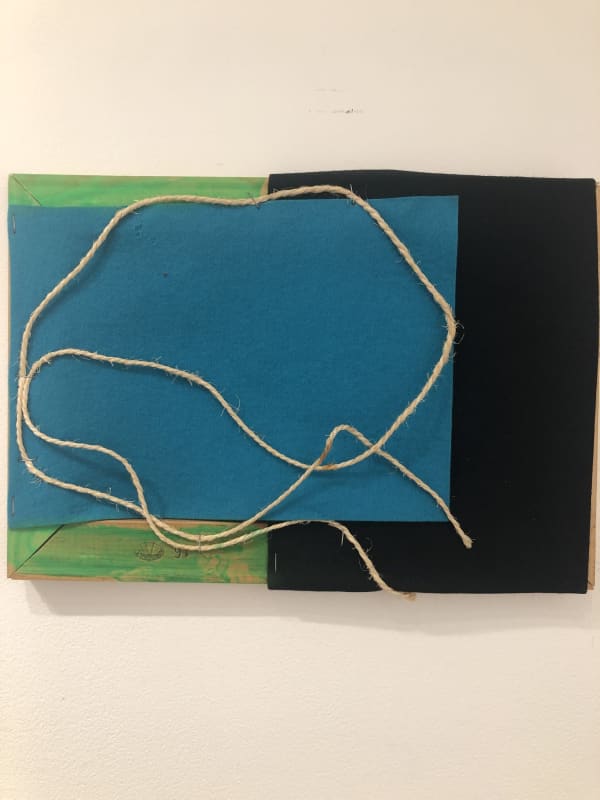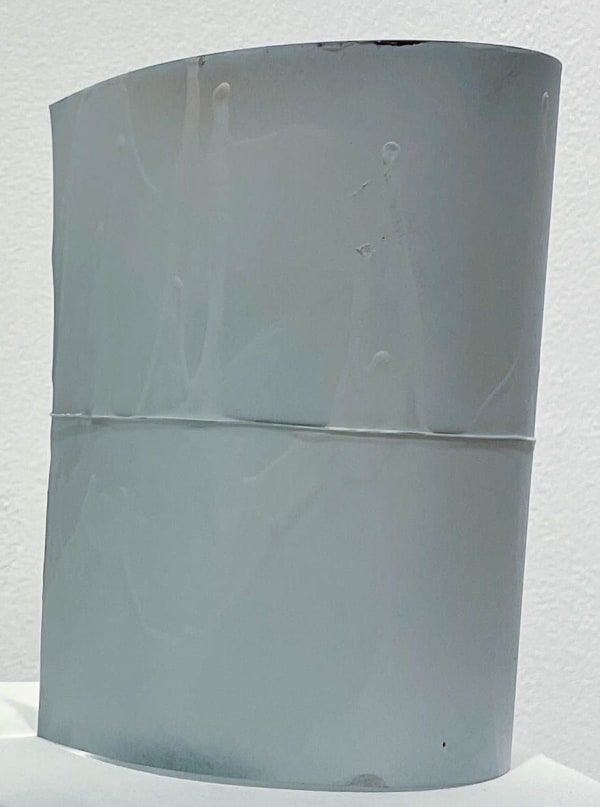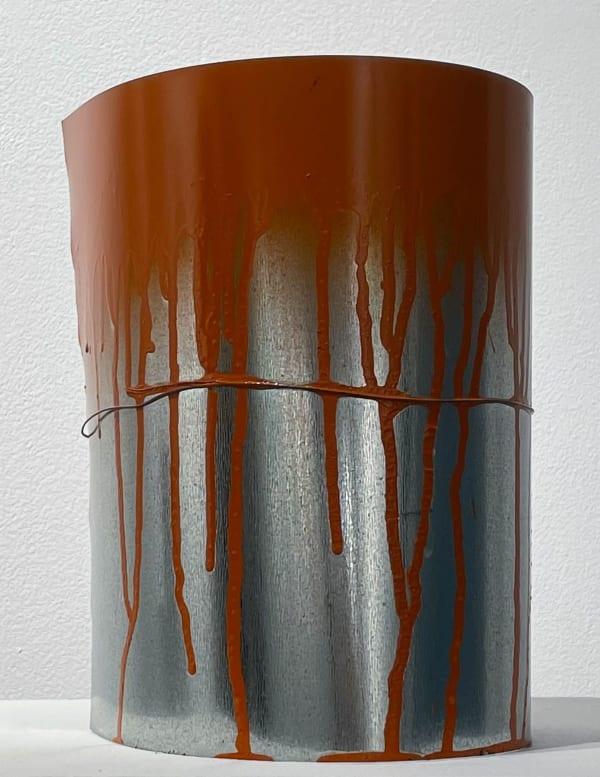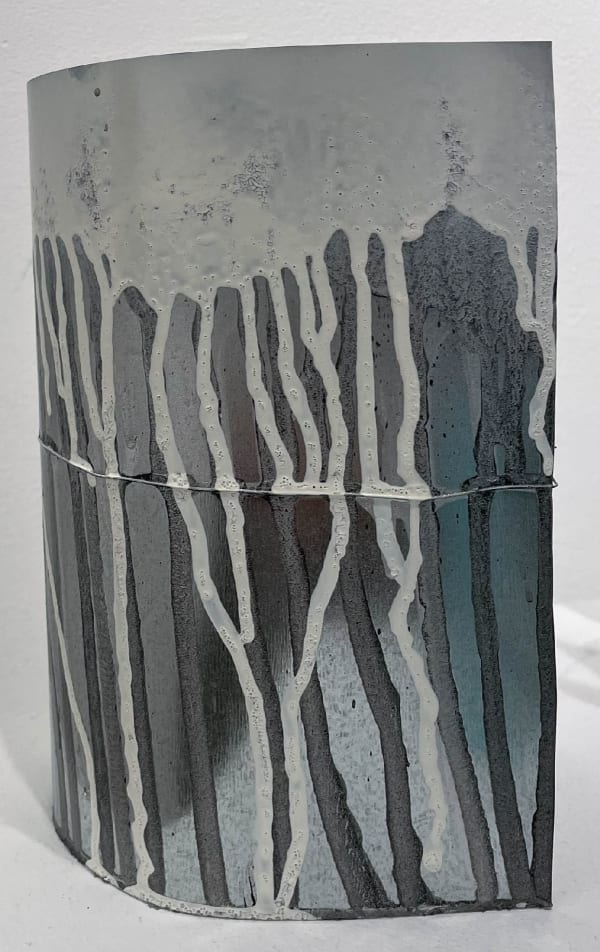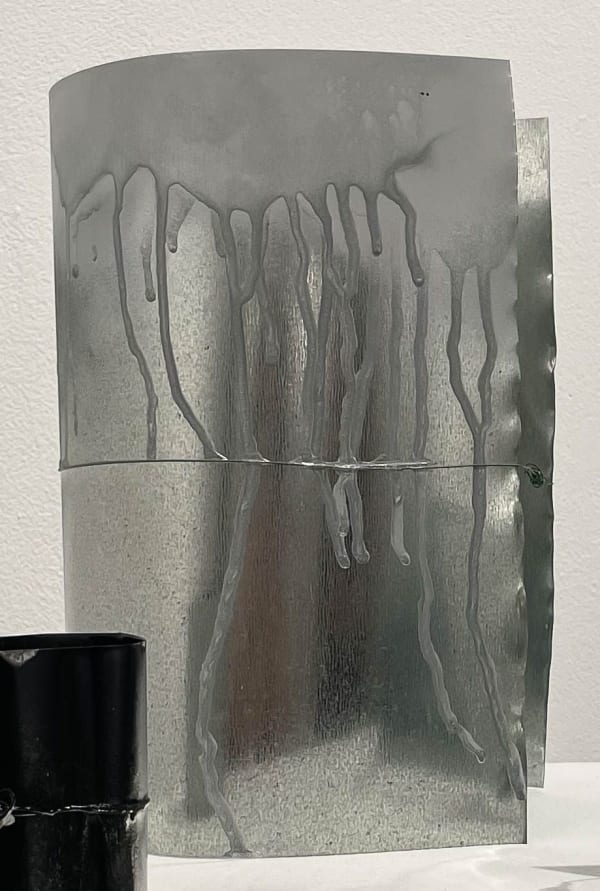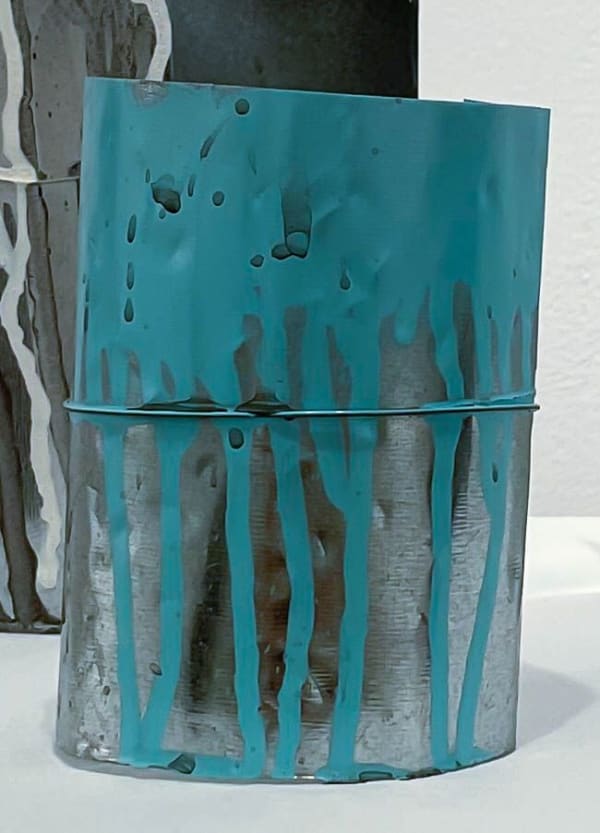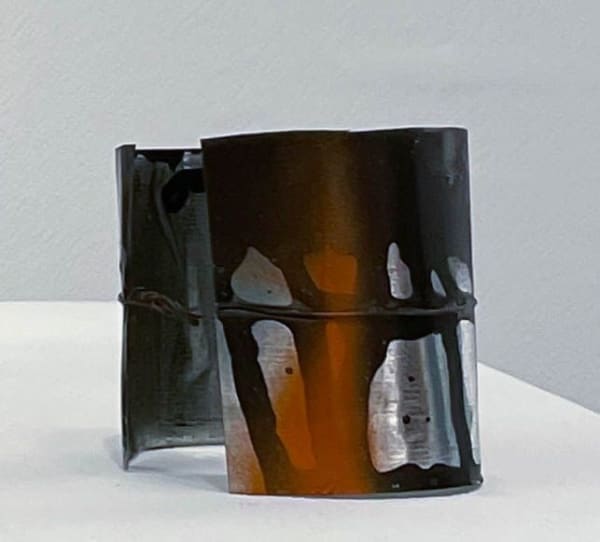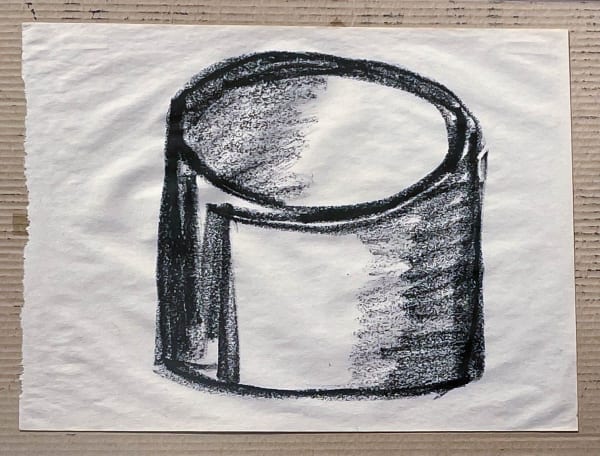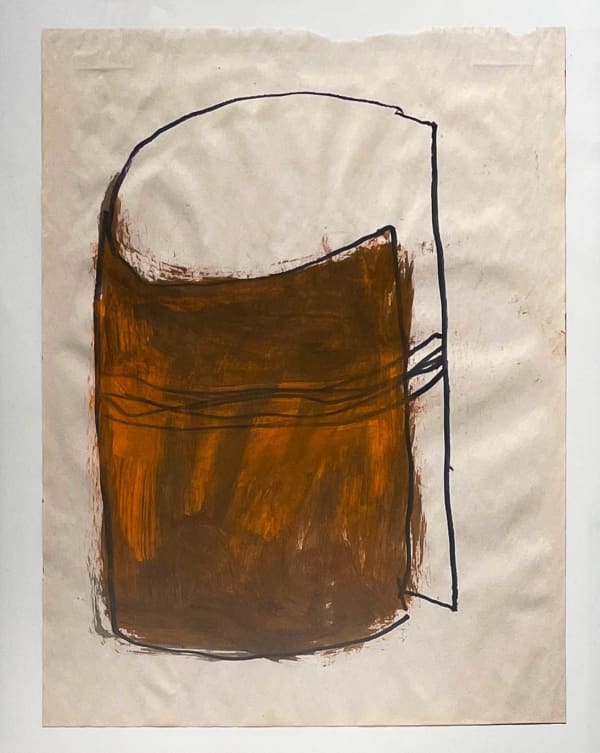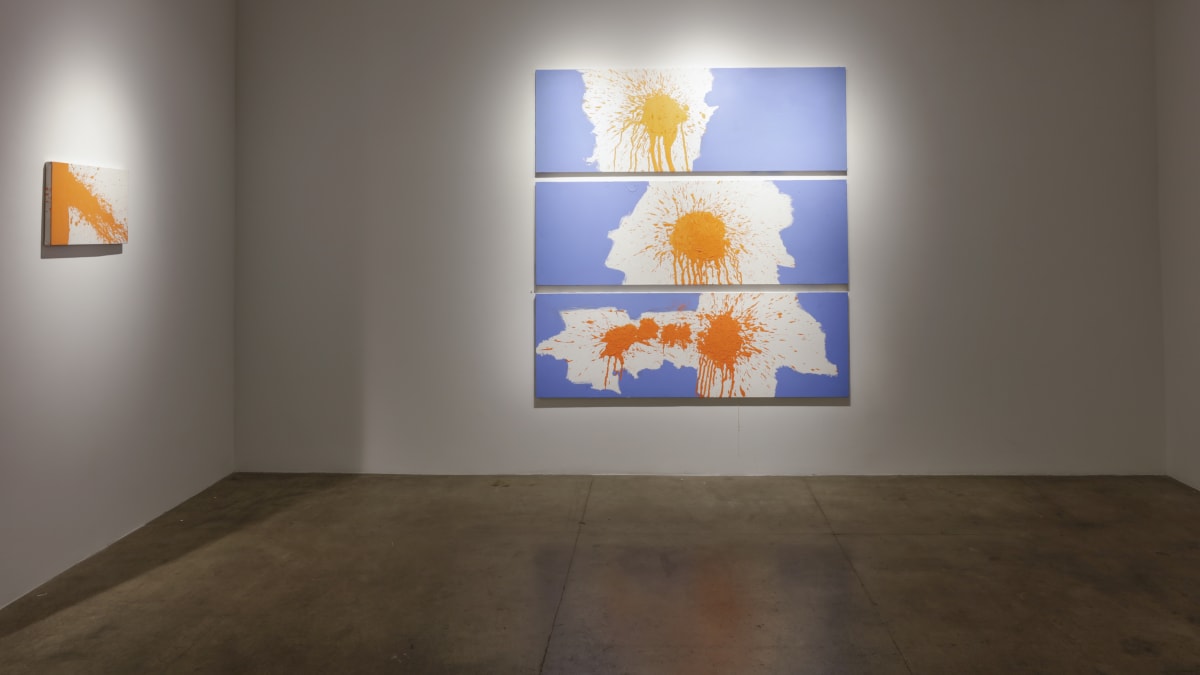Rick Librizzi
About
Rick Librizzi was raised in a mountain town, fair to describe as hardscrabble. Born in the Depression to second generation Italian immigrant parents, prospects were grim. Except, there was some spark of hope in the love of arts and letters bequeathed by his roustabout father, sometime artist and poet Raymond “Raylib” Librizzi. Rick did not ride the rails as his father had, but took up hitch hiking to escape the small town confines, going as far afield as California and the Yucatán in search of himself. Finally, like many poor Americans, he enlisted in the Army in hopes of a way out, but this short stint with the military ended in a fiasco just shy of a court martial. But, if he had learned one thing at boot camp it came while flipping through Life magazine. Seeing a tiny reproduction of Motherwell’s “Homely Protestant,” suddenly a path was paved to a glorious future beginning in New York City haunts like the Cedar Tavern and other Abstract Expressionist watering holes.
Working his way through courses at the Art Students League, Librizzi adapted himself to the ways of an artist, beginning a disciplined studio practice that would last the rest of his life. While he may have succeeded in befriending the remaining Abstract Expressionists he would alienate them just as quickly, having been struck by certain young Turk notions of austere Minimalism, at odds with the prevailing dogma of the generation. He enjoyed early success, his cutting edge talent embraced by Walter Chrysler and Ivan Karp, the visionary art dealers of the time.
Another personality may have pursued an art career, made all the more uncertain by his iconoclast revolt and mercurial upheavals, but around that time he married and became a father. His friendship with Art world favorite Andy Warhol guaranteed him a lucrative living as a private art dealer. The family man in him prevailed and he continued to take risks in his art, not with his life.
He was a dealer by day, polishing his public persona to function and flourish at the top of the food chain, but at night, for the remainder of his 82 years, he was again that drop-out, that runaway, that wild boy from the train tracks.And the volumes of paintings and sculpture composing his life’s work tell the story of a poetic ascent into the abstract unknown. It was never a priority for him to exhibit again, but he preferred to create in this pristine state, a world apart.
Artworks
Exhibitions


